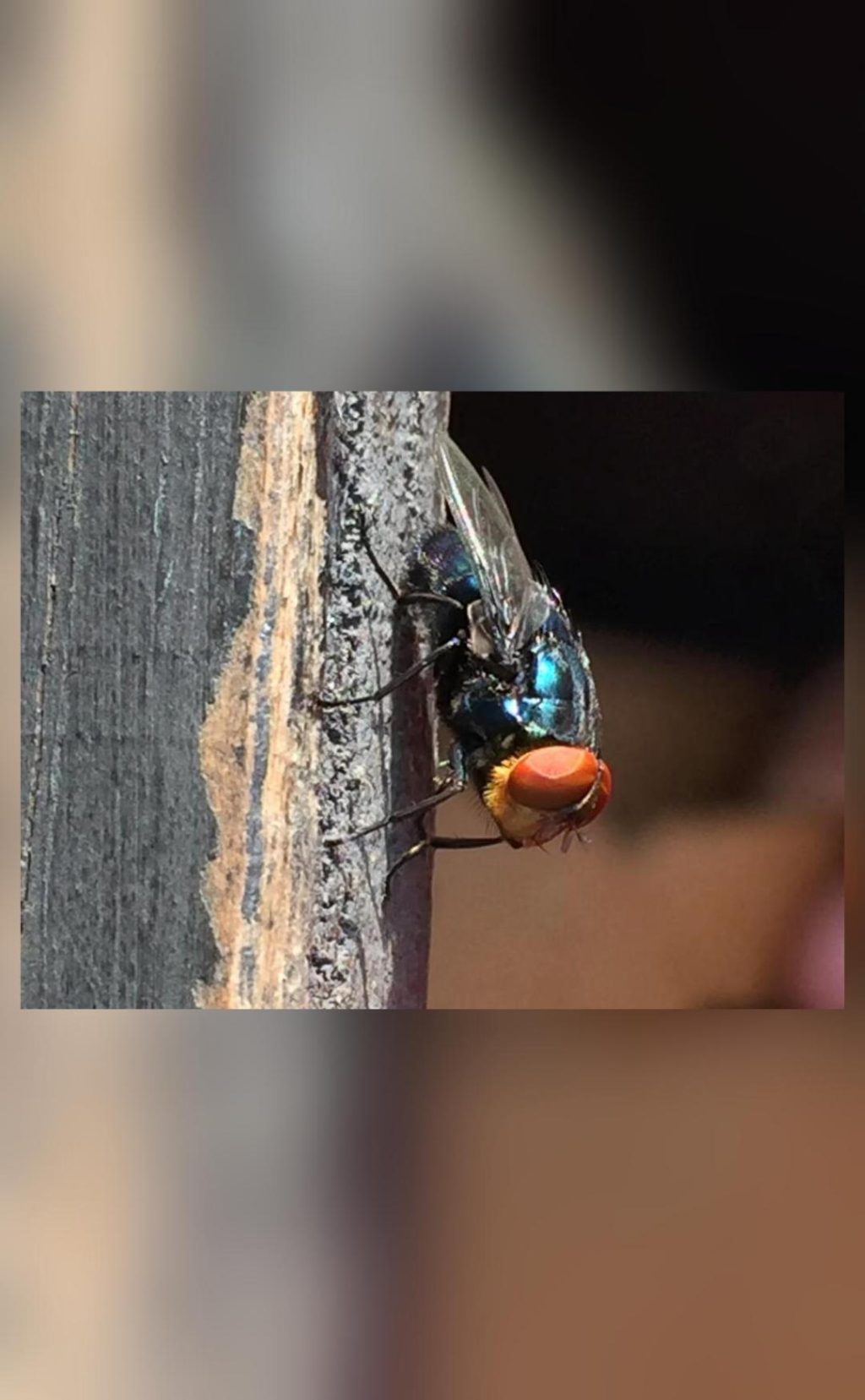
Why is the US planning to breed screwworm flies and dump them from planes over Mexico?
In a bizarre effort to protect its beef industry, the US government is preparing to breed billions of male flies and dump them from planes over Mexico and southern Texas. The flies in question are the male New World screwworm fly, which is notorious for its larvae that infest the flesh of animals, including cattle, and cause significant economic losses to farmers.
The plan, which has been in the works for several years, involves breeding massive quantities of male screwworm flies and sterilizing them with radiation. The sterilized male flies will then be released over Mexico and southern Texas, where they will mate with female screwworm flies, effectively killing off the population.
This unorthodox approach is being hailed as a game-changer in the fight against the New World screwworm fly, which was eradicated from the US in the 1960s but has recently reappeared in Mexico and is threatening to spread northward.
According to a recent report by the USDA’s Animal and Plant Health Inspection Service (APHIS), the US has been working closely with the Mexican government to develop a plan to eradicate the screwworm fly from the region. The report notes that the fly is a significant threat to the US beef industry, as infestations can result in significant economic losses and even lead to the death of infected animals.
To understand the significance of this problem, it’s worth taking a closer look at the biology of the screwworm fly. The female screwworm fly lays her eggs in the flesh of warm-blooded animals, usually in the area around the animal’s nose, mouth, or ears. The larvae that hatch from these eggs are legless and have a distinctive, worm-like appearance, hence the name “screwworm fly.”
Once the larvae infest an animal, they feed on its flesh and can cause significant damage, leading to infection, pain, and even death. The infestation can also contaminate meat and dairy products, making them unfit for human consumption.
The US plan to breed and release sterilized male screwworm flies is based on a technique called SIT, or Sterile Insect Technique. This method has been used successfully in the past to control and eradicate various insect pests, including the Mediterranean fruit fly and the Asian tiger mosquito.
In the case of the screwworm fly, the SIT method involves breeding millions of male flies in a laboratory, sterilizing them with radiation, and then releasing them into the wild. The sterilized males will mate with female flies, resulting in offspring that are unable to reproduce. Over time, the population of screwworm flies will decline and eventually die out.
The US government plans to release the sterilized male flies from planes over Mexico and southern Texas, using a technique called “aerial dispersal.” This involves loading the flies into specialized containers and releasing them from planes flying at an altitude of around 1,000 feet.
While the plan may seem unusual, experts say it’s an effective way to control the screwworm fly population. “The SIT method is a highly targeted and precise approach that allows us to control the population without harming other insects or animals,” said Dr. Lee Ann Sperry, a research entomologist with the USDA.
The US government has been working closely with the Mexican government to develop the plan, which is expected to take several years to implement. The Mexican government has agreed to provide funding and resources to support the effort, which is expected to cost around $20 million annually.
While the plan may seem unusual, it’s an important step in protecting the US beef industry from the threat of screwworm fly infestations. By controlling the population of screwworm flies, the US government hopes to prevent significant economic losses and ensure the continued safety of the nation’s livestock and meat products.
Source:



